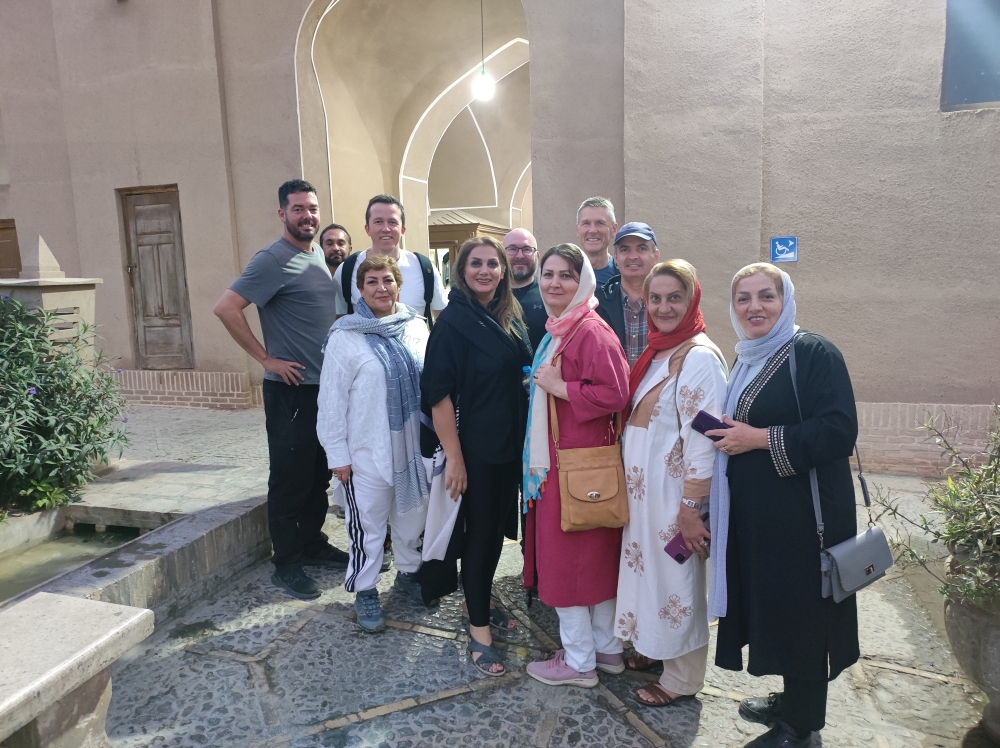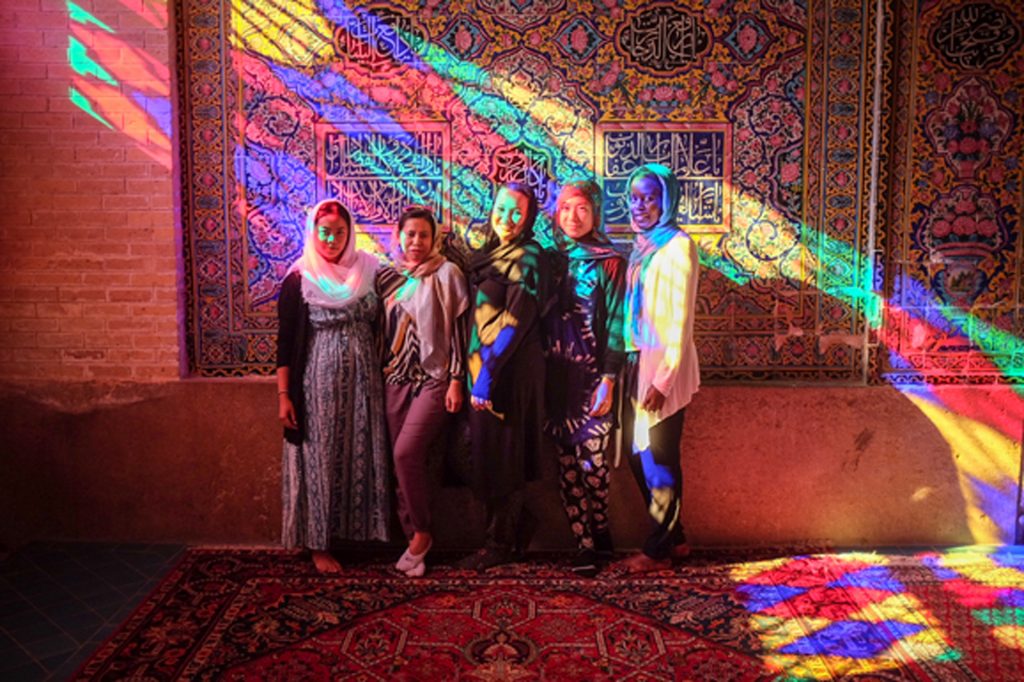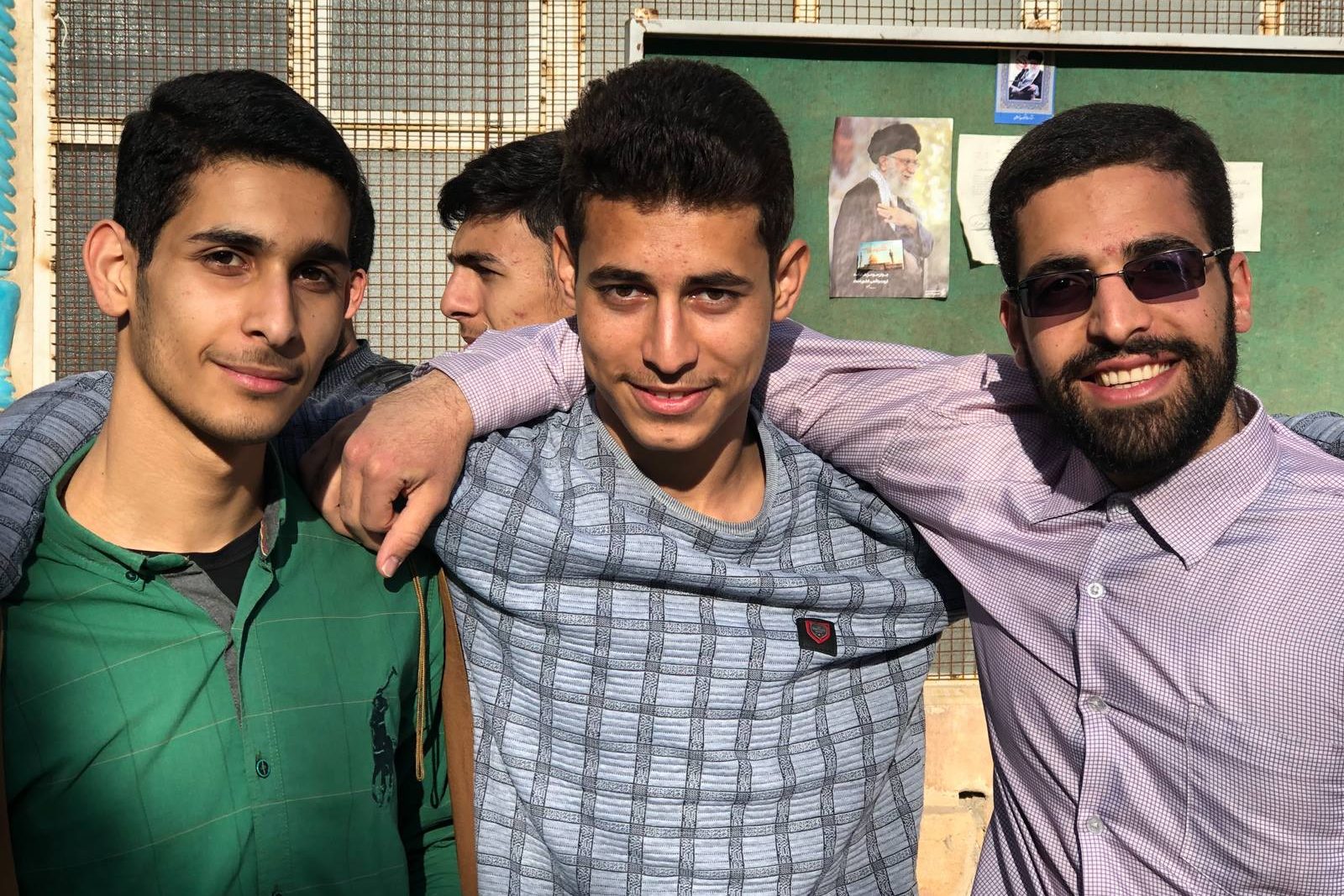Iran is a country with incredible geopolitical and historical significance on the former Silk Road route. Iran, the ‘crossroads of Asia’ is a mix of many of its regional proximities: Iran is a muslim country, like its neighbors to the West, but it also has many factors of culture and life that are influenced by Central Asian countries. Persians also have influenced many societies and have strong language and ethnic influence in neighboring countries such as Pakistan, Afghanistan, Tajikistan, Uzbekistan and many others. With such strong influence, what to wear in Iran can be overwhelming.
Iran is therefore an incredibly interesting place to visit, and now, it is easier for many as more countries were added to the visa free list in early 2024. However in doing so, a visitor must adhere to the laws and customs in a country where clothing can mean political statements. This guide is up-to-date on what to wear in Iran as well as what to pack for Iran and offer insights for local culture and norms.
Table of Contents

What To Wear In Iran: For Men
While men often have simpler attire requirements, it is important that they follow the standard while visiting Iran, and yes this also includes Iranian transport carriers such as airlines to and from the country.
While Iran can be quite warm in the summertime, men are expected to wear long pants or trousers the whole time they are in Iran. It would be quite bizarre and risk being quite inappropriate for men to be cladded in shorts with the bottom half of their legs exposed. Not only would this potentially attract some stares, it may also warrant some attention from authorities who may regulate the dress for men and women in the public sphere.
Men are also expected to have their shoulders covered – t-shirts are fine but it is best to avoid overexposure such as thick strap singlets, super baggy upper-wear exposing a large amount of skin on the chest and anything too sheer. To be clear, shirts without sleeves are prohibited and long sleeved shirts are preferred and will help you blend in more!

What To Wear In Iran: For Women
Women are required by law to wear a hijab (headscarf) in the public sphere. This is not a request, a recommendation or a company rule – but is a law that can be strictly enforced. While you do not need to cover up in a long black abaya or niqab, covering your hair with a scarf is expected.
Women are also expected to dress modestly – pants are fine to wear as long as they are not tight or sheer. Long maxi skirts and loose dresses are also great wardrobe options. For the upper body, the arms should be covered as well as the shoulders, chest and collarbones. Shirts with a deep neckline should be avoided as well as tight or see-through material.

Mosque Attire
One of the most incredible and talked about places to visit in Iran are its mosques. Iran is home to some of the most incredibly stunning mosques in the world which is a real highlight for any visitor. However you need to make sure you are wearing the correct attire to enter the mosque.
For women, it is best to wear the most modest of your conservative clothing. While it may not be enforced, it is best to make sure that all your strands of hair are tucked into your hijab and are out of view.
For men, it is important to wear long pants and whether you wear a long stop or a t-shirt is up to you (just ensure if there are any graphics, it is respectful and not too eye-catching!).

What To Pack For Iran:
- Long loose fitting clothes mentioned above: long and loose pants, jeans, skirts, shirts, etc.
- Multiple scarfs and pins/hijab magnets if needed
- An abaya (if you have one). You may find that it might suit Iran’s dress code well!
- Footwear of any kind (we recommend at least one closed toed and one open toed pair of shoes)
What To Leave At Home:
- Sleeveless shirts, short dresses, loose tops, short bottoms, crop tops and miniskirts, bikinis

Tips When Packing:
- Layers! Bringing t-shirts and long shirts to mix and match while remaining modest. Coats and jackets are also good options for the colder months
- Invest in some hijab magnets – these can be found at most hijab stores, bazaars and also online. Essentially, they are small but very strong magnets you can use to help keep your hijab in place and avoid it slipping or falling off when you move.
- Wear a jersey/hijab cap: this undercap is a piece of fabric you put directly onto your hair and tie at the back. This cap allows your hair to be covered even if your scarf moves around during the day.
- There are less restrictions on footwear- sandals, sneakers and flats are all fine to bring and wear.
- For the warmer months, loose linen outfits are a good choice to stay cool while remaining modest.
Traveling To Iran With YPT:
While traveling to Iran may seem daunting, we handle the paperwork to make things easier for you. We run tours to Iran twice a year when the weather is the most ideal and visit all the key must-see places such as Tehran, Yazd, Isfahan, Shiraz, Persepolis and much more!






